From K-pop to Bantu, pop music became truly global over the past 10 years, argues Arwa Haider.
If the music biz could strike a pose for the ‘10-year challenge’ (the social-media craze comparing selfies from the start and end of this decade), then its glossy 2009 shot would surely be upstaged by a more impulsive, increasingly worldly 2019 vision. The digital era hasn’t just delivered endless playlists to pick from; it’s brought far-ranging scenes and styles into much tighter proximity, and the musical trends of the 2010s have really reflected that.
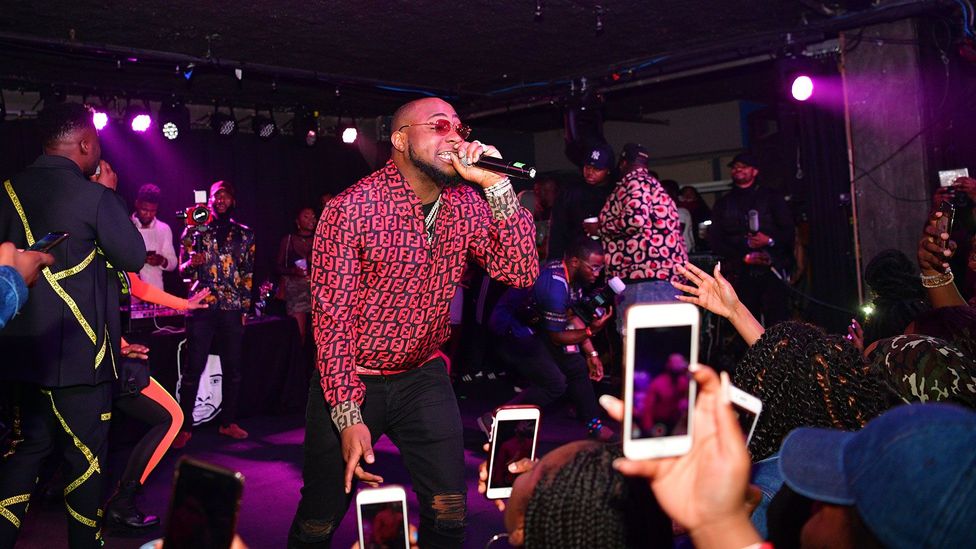
African express
The rightly global recognition of contemporary African stars has been a massive case in point. Africa’s vital impact on, and interaction with, international music is deep-rooted, but this decade saw a kind of Western mainstream awakening, and the emergence of youthful, anthemic ‘Afrobeats’ (not to be confused with Fela Kuti’s 70s Afrobeat movement) as a catch-all pop term. Nigerian stars soared, including Davido (whose 2012 debut was entitled Omo Baba Olowo – Yoruba for ‘Son of a Rich Man’ – and who has Nigeria’s biggest Instagram account, with 14 million followers), Wizkid (who raised the roof at London’s Royal Albert Hall), Mr Eazi and Burna Boy, though the sounds have been essentially pan-African, with elements including hip-hop, Ghanaian highlife, South African kwaito, and much more.
US artists including Beyoncé, Kanye West and Kendrick Lamar took clear musical and visual inspirations from African talents, and Bey collaborated with many acts, including Wizkid, Eazi, Tiwa Savage and Busiswa, on her 2019 ‘curated soundtrack’ for Disney’s remake of The Lion King. A diverse array of young British artists also referenced their African heritage, spanning Ghana, the Gambia, Zimbabwe and beyond, including Londoners like Fuse ODG (whose exuberant 2014 debut album was TINA – This Is New Africa) and singer-songwriter/rapper J Hus, while the elegantly bold Shingai Shoniwa (former Noisettes frontwoman/bassist) took Bantu roots into new realms on her brilliant 2019 release Ancient Futures.
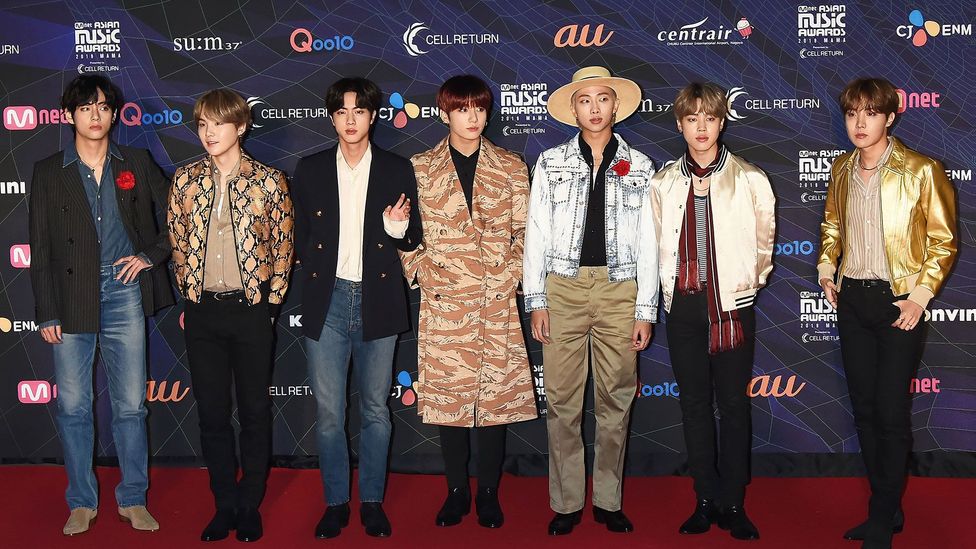
Korean craze
This was also the decade that K-pop – evolving from early-‘90s Korean pop – really kicked off a global fan frenzy. Some credit should arguably go to Seoul singer/rapper Psy’s zany 2012 megahit and dance craze Gangnam Style. Psy understandably struggled to replicate that surreal viral success (Gangnam Style became the first YouTube video to exceed 1 billion views; Obama namechecked it in a White House conference with South Korean President Park Geun-Hye), but a slickly choreographed wave of K-pop groups subsequently broke through. Dreamy boy band BTS seized international hearts, becoming the first Korean band to top the US Billboard charts (with 2018’s Love Yourself: Tear album), and packing out stadium dates; girl group Blackpink also proved a smash hit import (they’re now the most subscribed act on YouTube, with 30 million subscribers) and keen collaborators, teaming up with the likes of Brit star Dua Lipa. The K-pop scene is vast, and challenges the notion that English is the crucial lingua franca of mainstream music.
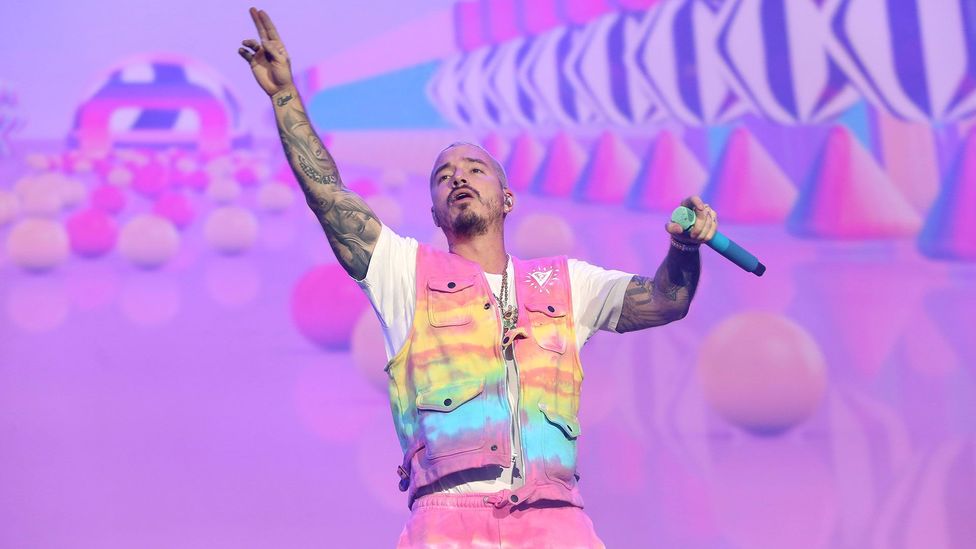
Latin pop love
Digital platforms also sparked a modern surge of Latin pop, notably the ubiquitous reggaeton smooch Despacito (2017) from Puerto Rico’s Luis Fonsi and Daddy Yankee; it still stands as YouTube’s biggest hit (currently 6.5 billion views). Major labels wised up to the power of vast Spanish-language territories; Latin audiences were recognised as key influencers in digital music (whereas previously, they might have been overlooked for their low spend on physical formats). The likes of Beyoncé and Conor Maynard released Spanglish tracks (the latter covering Bad Bunny’s trippy Krippy Kush); Drake flirted with Dominican bachata rhythms; and Colombia’s J Balvin became a go-to collaborator for Bey, Pharrell, One Direction’s Liam Payne, and many more. Billboard reported that 2018 was Latin music’s most successful year in recent history, with 24 Spanish tracks on its US Hot 100 chart; in 2016, there had been just four.
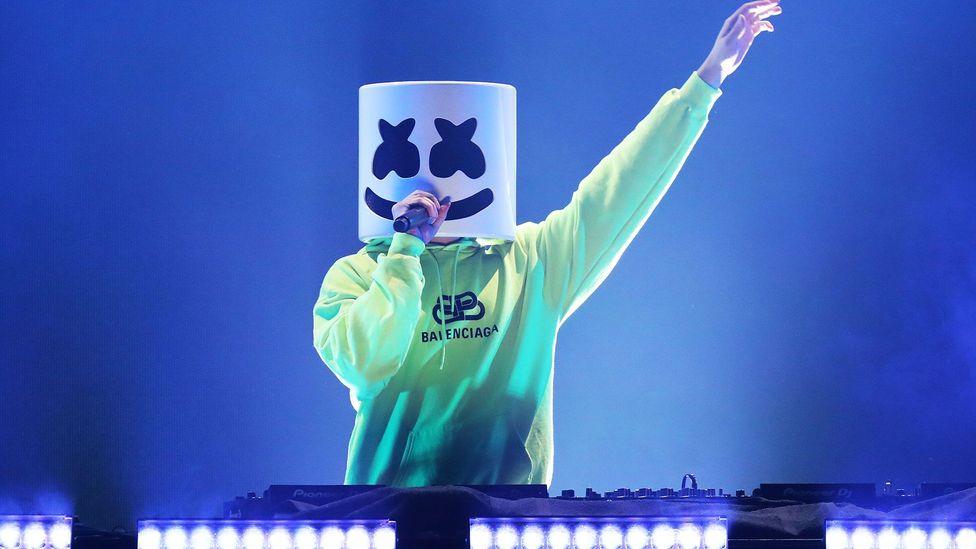
Everybody dance
Club culture went stadium-sized, with the peculiarly-titled genre EDM (Electronic Dance Music) encompassing a dizzying array of styles, but mostly associated with big US productions that drew heavily from Eurodance styles. Dance music has always had a transcontinental flow – house music originated in the US, while rave culture was conceived 30 years ago in Britain via the Balearics – but EDM saw it branded as a truly commercial force (with critics maligning its bangers-by-numbers). Brit DJ/producers including Calvin Harris and Paul Oakenfold relocated to the States, and Vegas became a lavish rave destination. Candy-headed US star Marshmello (whose iconic headgear echoed another electronic A-lister, Deadmau5) took the party into the virtual world in January 2019, playing an in-game concert within Fortnite Battle Royale.
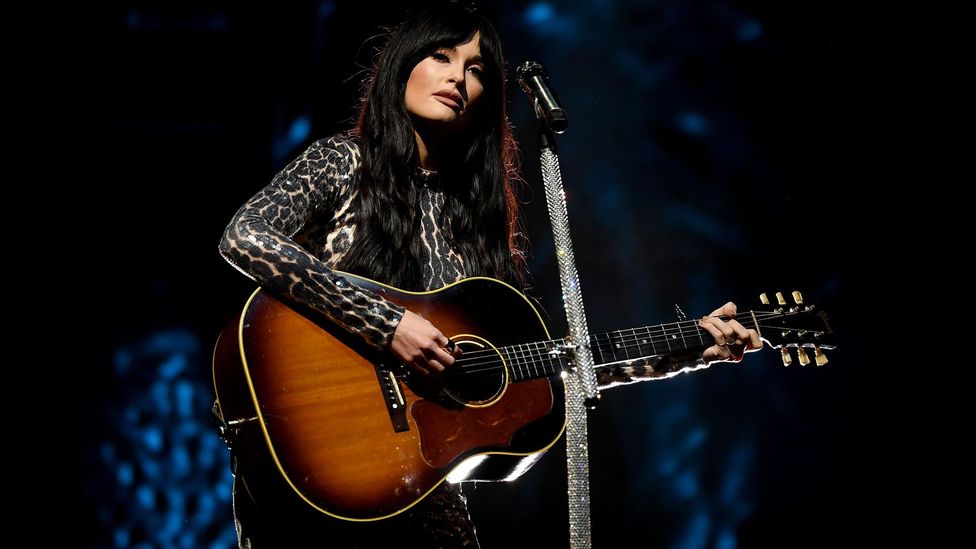
By a country mile
Down-home country music and Americana proved that it had real contemporary kick. This was partly due to Taylor Swift’s country roots, and the success of TV drama series Nashville (which premiered in 2012), but also thanks to new-gen stars like Kacey Musgraves, who made her major-label debut with 2013’s Same Trailer Different Park, and who served roots melodies with progressive real talk about sex, faith and modern life. British country acts such as The Shires and Ward Thomas won US accolades, and a 2017 report from Nashville’s Country Music Association observed that ‘millennials’ comprised the largest country audience in the UK. Country also merged with rap, most famously in the splendidly low-slung drawl of Lil Nas X’s Old Town Road: first released in 2018 and re-released in seemingly countless versions (including a duet with grizzled country dude Billy Ray Cyrus).
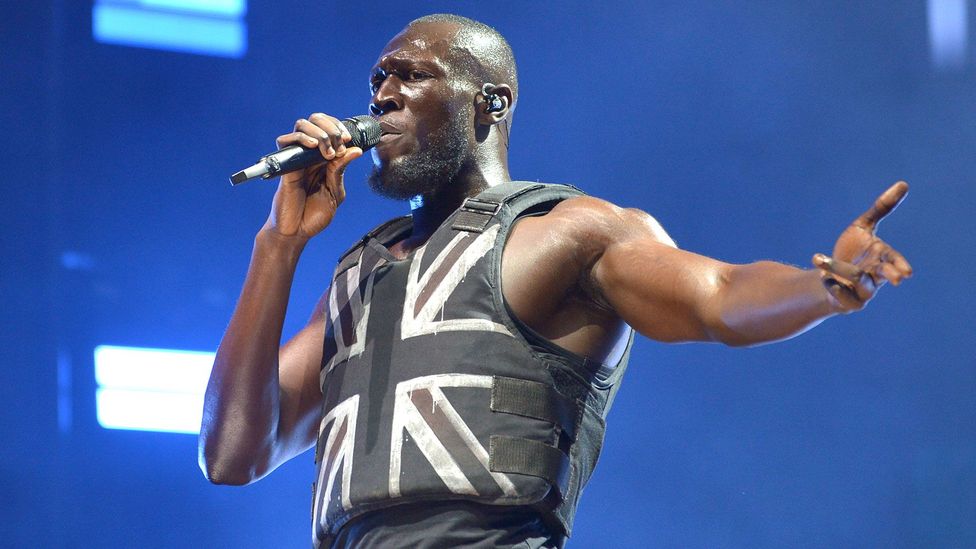
Underground, overground
This was the decade that hip-hop surpassed rock music to become the biggest US genre (according to a 2017 industry survey); it was also the era that the distinctly British underground sound of grime was making its presence felt far and wide. Kanye appeared at the 2015 Brit Awards with a chorus line of grime vocalists, including Stormzy, Skepta and Novelist. These talents could obviously seize the spotlight in their own right – as Stormzy proved with his own electrifying 2018 Brits performance (where he called out the UK government’s inaction over the Grenfell fire tragedy), and his 2019 Glastonbury festival headliner. Grime’s grit and wit even found a prime-time slot on Ikea’s recent Christmas TV advert, featuring veteran MC D Double E.
Gone too soon
Music has felt increasingly self-aware in recent years, sometimes in response to painful losses. The untimely deaths of much-loved artists including Avicii, Soundgarden’s Chris Cornell, Linkin Park’s Chester Bennington, The Prodigy’s Keith Flint and K-pop stars Kim Jong-hyun, Sulli and Goo Hara, has necessarily raised general awareness of mental health issues, online harassment, and the personal and professional pressures that success does not allay.
If this decade had a title, it would be the infinite mix. That’s partly because the ongoing digital era has spawned myriad alternate versions of tracks, with countless artists and producers flitting across one another’s tunes. It’s additionally also because there have been hearteningly diverse representations across mainstream music; obviously, pop has always owed much to gay culture, but finally openly LGBTQ pop, rock and rap stars are given equally prominent billing, such as Frank Ocean, Janelle Monae, Troye Sivan, Brandi Carlile, Lil Nas X, Years And Years frontman Olly Alexander, and LA trio MUNA. It’s also because of the inclusive, body-positive anthem – all hail Lizzo’s Juice (2019, with hints of Diana Ross’s I’m Coming Out) that sums up the soul of this era. The 2010s play out with an insistent, panoramic shimmer.
Credit: Source Link